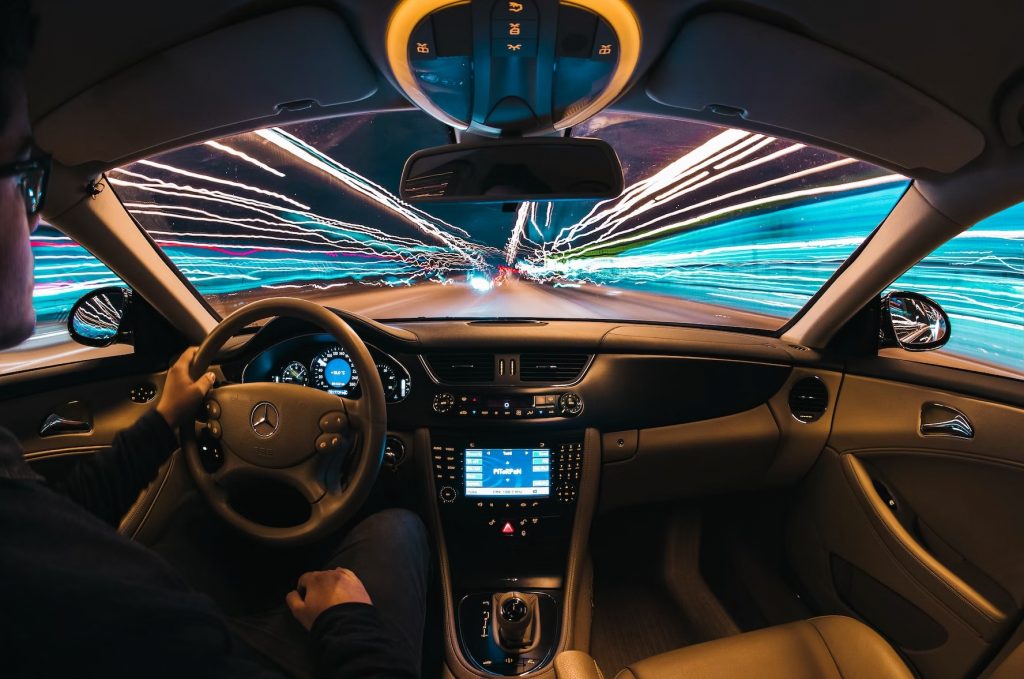5 Main Features Students Must Be Aware Of When Choosing A Car
Giancarlo Perlas October 8, 2023
For many students, having a car isn’t just about the luxury of mobility; it’s about convenience, independence, and, sometimes, necessity. Navigating campus life, commuting to part-time jobs, or even weekend getaways requires a reliable mode of transportation. The right car can make all these tasks easier, and choosing it entails more than just picking a model that catches the eye; it’s about identifying one that fits seamlessly into a student’s lifestyle and budget.
However, with a plethora of options in the automotive market, from sleek sports cars to practical sedans, making a choice can be overwhelming. A car, especially when it’s a Mercedes-Benz, is a significant investment, and like any investment, it requires careful consideration and research. For many students, this might be their first significant purchase, and the process can feel as daunting as sitting down to think, “How do I even start to WritePaper?”

Affordability
When scouting for a car, students might be tempted by a low sticker price. However, it’s essential to understand that the initial purchase price is just the beginning. There are other factors like registration, taxes, and, more importantly, ongoing expenses such as maintenance, fuel, and insurance.
New cars come with the allure of the latest features and warranty coverage, but they can be pricey. On the other hand, used cars can be more affordable but might come with uncertainties about their history and longevity. Certified pre-owned cars strike a balance, offering more reliability than typical used cars and often include extended warranties, but they might be slightly more expensive than non-certified used vehicles.
Insurance can have a high cost, especially for younger drivers. Before purchasing, it’s crucial to get insurance quotes for potential cars to avoid any unexpected financial burdens. Additionally, students should research financing options, including loan rates and terms. Many dealerships and automakers also offer student discounts or incentives, so it’s worth inquiring and shopping around.
Fuel Efficiency
Fuel efficiency is paramount for students who often operate on tight budgets. A car that offers more miles per gallon (MPG) can result in significant savings over time. Especially for those who anticipate regular long drives, whether commuting between home and school or embarking on road trips, a fuel-efficient car can be a game-changer.
Hybrid and electric vehicles have grown in popularity due to their reduced environmental impact and potential long-term savings. While the initial cost might be higher than traditional gasoline vehicles, tax credits, reduced fuel costs, and sometimes even free charging can offset the price difference over time.
However, it’s essential to evaluate the total potential savings. This means considering the difference in upfront costs, the cost of electricity versus gasoline, available tax credits, and the vehicle’s projected lifespan. For some, the break-even point might come too late, making a traditional fuel-efficient gasoline vehicle a better option.
Size and Practicality
When considering size, students must assess their daily needs. For those living on campus, a compact car might be more practical due to limited parking spaces. Additionally, smaller vehicles often handle better in crowded city environments and are generally easier to maneuver and park.
On the other hand, students who often travel or move between apartments might require more cargo space. Hatchbacks or small SUVs can provide this additional space without being too bulky. Features like foldable rear seats can also create more room for luggage, making moving days or road trips more convenient.
Furthermore, the car’s interior design can impact its practicality. Ample storage compartments, cup holders, and other ergonomic features can make daily commutes and long drives more comfortable and organized.
Safety Features
Safety should never be compromised, especially for younger drivers who might lack extensive driving experience. Modern vehicles come equipped with a host of safety features that can protect the driver and passengers. Features such as airbags, anti-lock brakes, and stability control have become standard in most vehicles and play a critical role in preventing accidents or minimizing injuries.
Advanced driver assistance systems (ADAS) offer another layer of protection. Systems like lane departure warnings, automatic emergency braking, blind-spot detection, and rearview cameras can assist drivers and potentially prevent collisions. While some of these features might come as part of a premium package, considering their potential life-saving benefits, they could be worth the investment.
Lastly, before finalizing a purchase, students should check the safety ratings of their shortlisted cars. Organizations like the National Highway Traffic Safety Administration (NHTSA) and the Insurance Institute for Highway Safety (IIHS) provide comprehensive safety ratings that can guide buyers in making an informed choice.
Staying Plugged In
In today’s digital age, staying connected on the go has become more than just a luxury—it’s a necessity. Modern vehicles often come equipped with advanced infotainment systems that seamlessly integrate with smartphones. Features such as Bluetooth connectivity allow students to take calls hands-free, ensuring safer driving. Apple CarPlay and Android Auto extend this integration further, mirroring the smartphone’s interface on the car’s display. This lets drivers access navigation, music, podcasts, and even some apps without fumbling with their phones.
Navigation systems, either built-in or through smartphone integration, are invaluable for students who might be navigating new cities or taking trips. Real-time updates on traffic, road closures, and alternate routes can save time and reduce the stress of driving in unfamiliar territories.
Other tech-centric features, like Wi-Fi hotspots, can turn the car into a mobile study or work hub. Meanwhile, multiple USB ports ensure that all devices stay charged, and wireless charging pads offer added convenience for compatible devices. Considering the tech-savvy nature of today’s students, these features can significantly enhance the driving experience.
Final Thoughts
Choosing the right car, much like selecting the best dissertation writing service, involves meticulous research, understanding one’s needs, and making an informed decision. Both are investments in a student’s future—one aids in mobility and daily life, while the other supports academic endeavors. It’s vital to approach the car-buying process with the same diligence and attention to detail as you would when entrusting your dissertation to a service.
Cars are more than just means of transport; they are extensions of our lifestyles. For students, the ideal car should balance cost, practicality, safety, and technology. With the plethora of options available, thorough research and test drives can guide students in finding a vehicle that complements their lives and serves them reliably throughout their academic journey and beyond.




